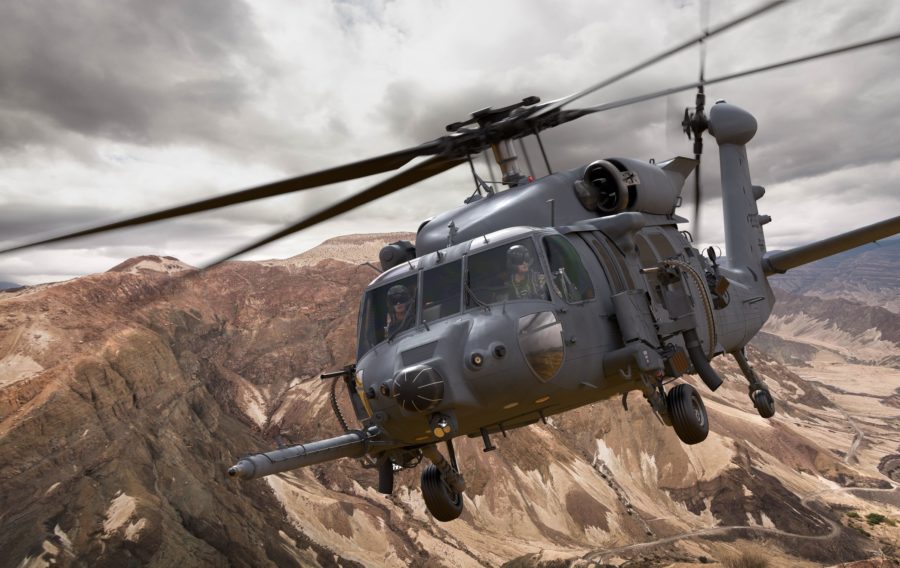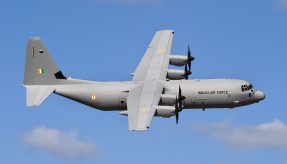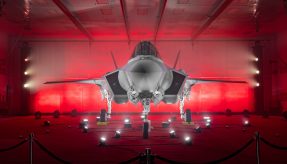
The USAF combat rescue helicopter has reached a key milestone with an Air Vehicle Critical Design Review.
This stage prepares the HH-60W helicopter to proceed to assembly, test, and evaluation.
Developed by Lockheed Martin, with Sikorsky and USAF, the program team met with key partners from government and industry for an in-depth design review of the program. Review participants included leaders from USAF and key suppliers who took part in the technical presentations.
“This milestone is an important achievement and demonstrates Sikorsky and the Air Force are well aligned on the technical requirements of the HH-60W,” said Tim Healy, Sikorsky CRH program director. “We got here by conducting several milestones on or ahead of schedule, and we are committed to staying on that track as we build the first HH-60W aircraft.”
More than 300 technical documents were written, while over 50,000 hardware and software requirements were created and reviewed. Some 17 sub-system CDRs were carried out and the team designed 3,000 new parts.
“The joint team did an outstanding job in documenting the design of the HH-60W,” said Jim Andrews, Sikorsky CRH chief engineer. “We are excited to enter the build phase as the team has leveraged digital design tools to generate manufacturing efficiencies that will reduce cost and schedule. This approach will lead ultimately to the HH-60W becoming the first Black Hawk derivative to have a paperless assembly line.”
The $1.28Bn contract was awarded to Sikorsky in June 2014, which includes development and integration of the next generation combat rescue platform and mission systems, delivery of four HH-60W helicopters, aircrew and maintenance training systems, and support for both.
This year, a $203M contract option was extended, with Sikorsky to provide five additional aircraft, bringing the total to nine. The training suite includes devices that span full-motion simulators and discrete aircraft systems, such as hoist and landing gear.
The USAF Program of Record calls for 112 helicopters to replace the Air Force’s rapidly aging HH-60G Pave Hawk helicopters, which perform critical combat search and rescue and personnel recovery operations for all US military services.
The CRH and USAF teams will meet again in September for the Training Systems Critical Design Review.
Image: © PRNewsfoto/Lockheed Martin
If you would like to join our community and read more articles like this then please click here








